|
It’s not even Halloween, but already Albertans are bracing for the onset of winter and colder weather. With those frigid temperatures come higher home heating costs, and most homes in the province are heated with natural gas. How have consumer gas prices varied over the years, and how do they compare with overall price inflation? Statistics Canada’s Consumer Price Index includes natural gas prices for home heating in its basket of items tracked each month. The blue line in the graph below shows how natural gas prices have varied wildly since 1994. In this index, the price of gas in 2002 is set equal to an index value of 100. At the most recent reading, in September 2014, the index was 184.4—meaning that home heating costs have risen more than 84 per cent since 2002. Over the same time period, the all-items consumer price index has advanced much more gradually. This is represented by the green line in the graph. Last month the index stood at 132.9—or about a third higher than it was in 2002. For most of the last twenty years, gas price increases have easily outpaced overall inflation. But on the commodity markets recently, natural gas prices have been relatively weak. This is bad news for Alberta’s gas producers, but potentially good news for home heaters. If gas prices fail to rise much over the next few months, turning up the thermostat this year may pinch a bit less than in winters past. **Article courtesy of Todd Hirsch of ATB Financial. Thanks Todd!!
0 Comments
Home builders in Alberta ended the summer of 2014 on a high note when construction started on a near record number of new homes. The Canada Mortgage and Housing Corporation reported yesterday that housing starts in Alberta totaled 47,105 in September. This figure is adjusted for seasonality, and represents starts on an annualized basis—that is, the number of new homes that would be started if the pace set in September was maintained for twelve months. Housing starts in Alberta are up 6.6 per cent from August. Over the last twelve months, they’ve risen by an astounding 17 per cent compared to the previous twelve month total. It’s also the second highest month for housing starts since the end of the last big construction boom hit the province in 2006-2008. The only other month that has seen higher numbers was June of this year. The surge in housing starts is in response to strong demand, much of it driven by in-migration to the province. It is also consistent with the strong demand for existing housing, which is reflected by the sales and prices of homes on the market over the past year. For now, Alberta’s economy is creating enough new jobs—and keeping wages high enough—to sustain this pace of home construction. There is little to suggest that builders are creating a real estate bubble by putting too many homes onto the market. **Article courtesy of Todd Hirsch of ATB Financial. Thanks Todd!!
According to Statistics Canada, Alberta’s cities and towns issued a total of $1.8 billion in building permits in August, a three per cent increase from July. Though August’s permit figures are impressive, they are just shy of the all-time record set in May 2007 ($1.84 billion). Record or not, residential and non-residential construction intentions are a staggering 30 per cent higher than the same time last year.
August’s increase is mainly due to gains made in the residential sector. Residential permits were up a striking 14 per cent from July, to $1.0 billion. Alberta’s non-residential sector actually slipped ten per cent. Permits for the institutional and government component of the non-residential sector saw a 22 per cent drop in August. Alberta was one of four provinces that saw the total value of permits increase in August. Nationally, the total value fell 27 per cent to $6.7 billion after three months of sizeable gains. Looking specifically at non-residential building permits, Canada’s total decreased 41 per cent to $2.5 billion in August. It’s no surprise that the value of permits in Alberta continues to climb, especially in the residential sector. Alberta’s home builders are taking advantage of this province’s steady population increases which are being propelled by the arrival of more provincial migrants. The pace of economic expansion in Alberta is expected to remain solid throughout the rest of the year and into 2015, according to the latest quarterly outlook from ATB Financial’s economics group. The forecast, released this morning, is for real gross domestic product growth of 3.7 per cent in 2014 and 3.6 per cent next year. That follows similar rates of growth over the last two years. Since the end of the 2009 recession—during which the province’s economy suffered a sharp 4.2 per cent contraction—Alberta’s economy has outperformed most every other part of the country. With growth rates in the range of three to four per cent annually, Alberta is enjoying the “Goldilocks economy” – growth that’s neither too hot nor too cold. Things get out of balance when the economy starts expanding too far above four per cent: it puts a strain on labour markets, pushes wages up too quickly, and makes the housing and rental markets a challenge for many people to manage. The forecast is based on assumptions of West Texas Intermediate oil averaging $98/barrel (U.S.) and natural gas averaging $4.49 mmBtu (U.S.). Both are currently trading below these levels, but they started the year at higher rates. As well, the Canadian dollar is currently softer than the forecast assumption of $0.91, which will offset the lower U.S. dollar energy prices. For the full Alberta Economic Outlook for the fourth quarter of 2014, please click here: http://atb.com/SiteCollectionDocuments/About/Alberta-Economic-Outlook-Q4-2014.pdf *Article Courtesy of Todd Hirsch of ATB Financial. Thanks Todd!!
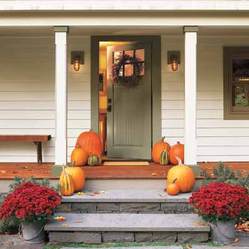 Give your home a once-over and tend to winter preparation tasks and repairs before the year’s first frost, if you can. Getting the exterior of your home ready for the cold winds, snow and ice is critical for keeping Old Man Winter out and keeping it warm and toasty inside. By being proactive, you’ll lower your energy bills, increase the efficiency and lifespan of your home’s components, and make your property safer. Here is a great checklist for you to begin and complete. Windows and Doors
Lawn, Garden, and Deck
Tools and Machinery
Heating, Ventilating, and Air Conditioning
Gutters, Roof, and Drains
Done? Congratulations! You’re officially ready for winter!! Job seekers from other provinces are ensuring Alberta continues to have the fastest growing population in Canada by a considerable measure. Over the months of April, May and June of this year, Alberta gained a net 13,204 new people from other parts of the country. (This figure is the difference between the number of in-migrants less the number of out-migrants.) That is the equivalent of Alberta adding another city the size of Camrose to its population in a matter of three months. Inter-provincial migration is only one component of Alberta’s population growth. Migrants from other countries, and natural population growth (i.e., births minus deaths), are also boosting the number of people who call Alberta their new home. The province’s total population now stands at 4,121,692, an increase of 2.8 per cent over the last year. The next two fastest growing provinces were our prairie neighbours: Saskatchewan (+1.7 per cent) and Manitoba (+1.3 per cent). Nationally, Canada’s total population grew by 1.1 per cent. The volume of inter-provincial migration in the second quarter was the greatest since 2006 when the province was experiencing a similar economic boom. The chart below shows the strong and steady flow of migrants from elsewhere in Canada in recent quarters. In the last two years, Alberta has gained more than 77,000 inter-provincial migrants—a reflection of great job opportunities and a desirable quality of life. **Article courtesy of Todd Hirsch of ATB Financial. Thanks Todd!!
Albertans are known for working long hours, but according to the latest figures from Statistics Canada, employees in another province clock in about 54 minutes more per week. Employees in Alberta put in, on average, 31.3 hours of work per week in July. With an additional 1.7 hours of overtime, that makes for a 33-hour work week. People in Newfoundland and Labrador, on the other hand, work 33.9 hours a week—the longest weekly toil in the country. They do put in a bit less overtime than those in Alberta, though. Nationally, employees were on the job for an average of 30.9 hours per week (including overtime). The figures include both part-time and full-time workers, but do not include the self-employed. Strong economies in Alberta and Newfoundland and Labrador are credited (or blamed) for the long work hours. In Alberta, a lower ratio of part-time to full-time work is also a contributing factor. Workers on The Rock may work almost an hour more per week, but Albertans’ paycheques are by far the biggest in the country. Average weekly earnings were $1,153.81 in July, before taxes and adjusted for seasonality. That compares with the national average of $940.43. Not only do Alberta employees earn the most, their wages are increasing rapidly. Compared with July of last year, earnings are up 4.8 per cent—the third fastest rate among all provinces. It’s also nearly twice the annual increase in consumer price inflation, which rose 2.6 per cent in July. *Article courtesy of Todd Hirsch of ATB Financial. Thanks Todd!!
Business confidence amongst Alberta’s small and medium-sized businesses took a slide last quarter, according to ATB Financial’s most recent Business Beat Survey. Optimism in energy and construction dropped considerably, but the retail sector posted the biggest fall. Business confidence in retail slid by nearly 15 points to 64.4. Access to labour and changes to the Temporary Foreign Worker Program (TFWP) imposed in June are likely to blame. The TFWP was initially set up to help satisfy short term labour needs. This summer’s amendments have made it trickier and more costly for businesses to access temporary labour. Interestingly, 72 per cent of the respondents to ATB’s Business Beat Survey noted that the TFWP is necessary to combat the labour shortage here in Alberta. Plenty of public discourse has surfaced recently around the idea of such a shortage. Many economic indicators reveal that it may not exist in Alberta. However, ATB’s survey suggests Alberta’s businesses are in need of all labour types. Respondents agreed by 64 per cent that it is difficult to find Albertans to hire into unskilled positions, while 58 per cent agreed it is difficult to hire Albertans into skilled roles. **Article courtesy of Todd Hirsch of ATB Financial. Thanks Todd!!
This year’s stabilization of lofty North American lumber prices is putting smiles on the faces of mill owners around Alberta. Lumber prices have been seeing better levels over the last few years due almost entirely to the revived housing market in the United States. After several years of struggling in the post-recession period, U.S. consumers are feeling more confident about their economy and job prospects. As a result, home builders south of the border are seeing some pent-up demand for new houses. A lot of framing lumber goes into those structures. Last month, the benchmark price for framing lumber was $401 (U.S.) per thousand board feet. That’s the highest it’s been in over a year and well above the 10-year average of $311 (U.S.). The benchmark price is calculated by Random Lengths, a U.S.-based forestry sector organization that tracks prices and industry issues. The composite price is a weighted average of 15 key framing lumber prices. The news is even better because of the soft Canadian dollar. The loonie was over parity with the U.S. greenback in 2013. Now, it sits around $0.91 (U.S). Lumber is priced in U.S. dollars but producers have to pay their operating costs in Canadian dollars, so the loonie’s relative weakness is boosting profits. **Article courtesy of Todd Hirsch of ATB Financial. Thanks Todd!!
|
AuthorSheri-Lee Presenger Archives
January 2016
Categories
All
|
|
SHERI-LEE PRESENGER
Real Estate Agent Real Estate Professionals Inc #100, 5810 2nd Street SW Calgary, AB |
The data included on this website is deemed to be reliable, but is not guaranteed to be accurate by the Calgary Real Estate Board.
REAL POWER - REAL ESTATE

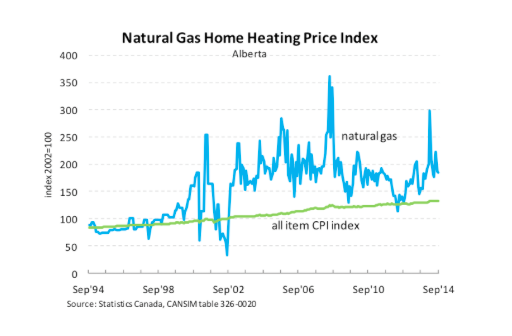
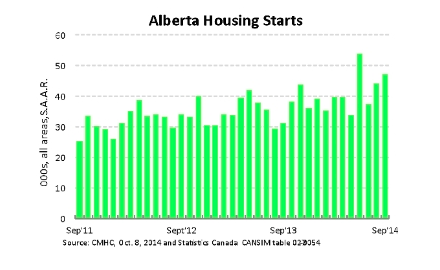
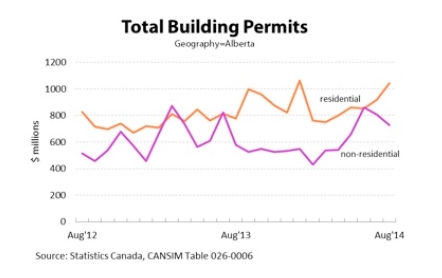
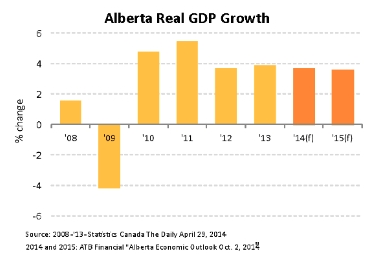

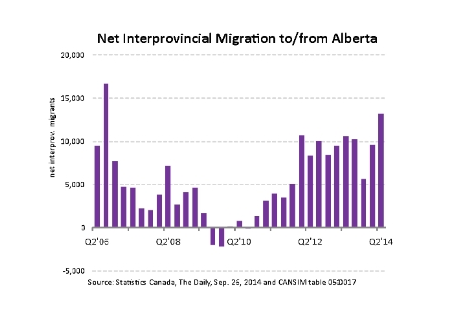
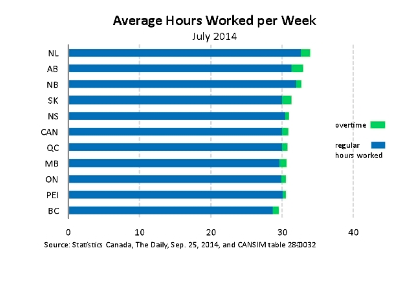
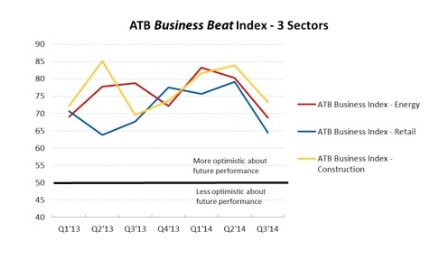
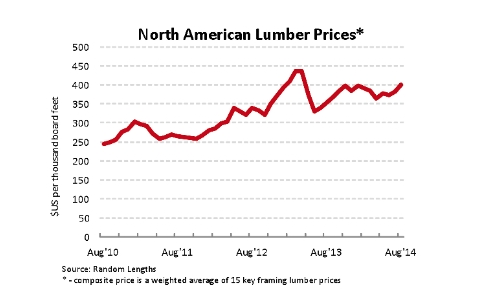
 RSS Feed
RSS Feed


